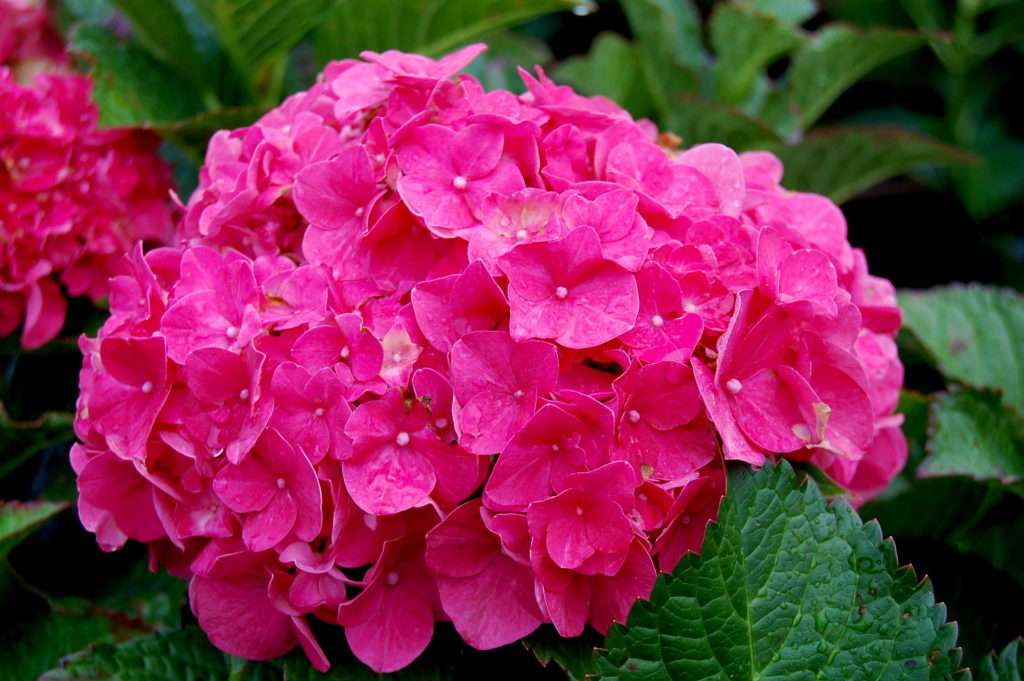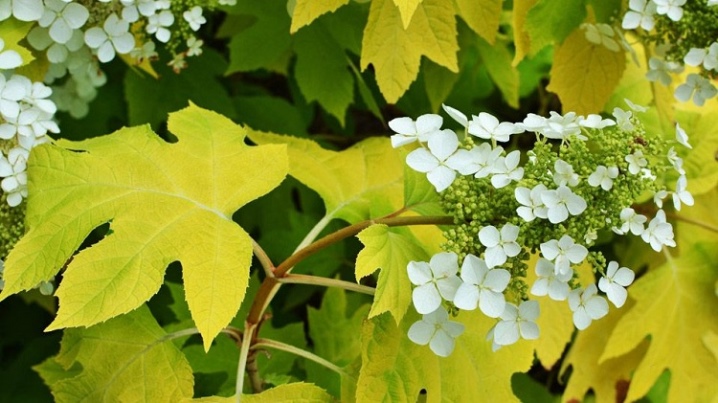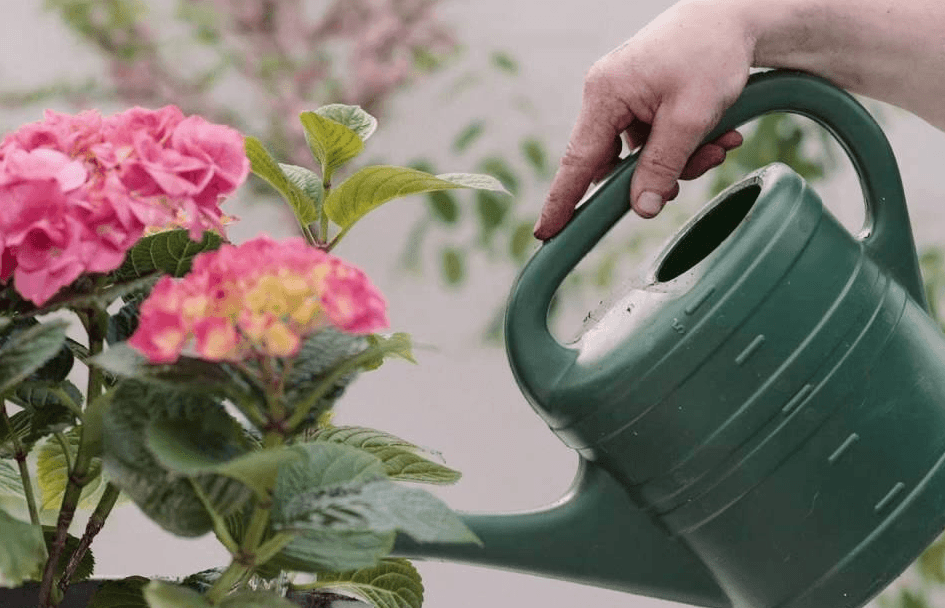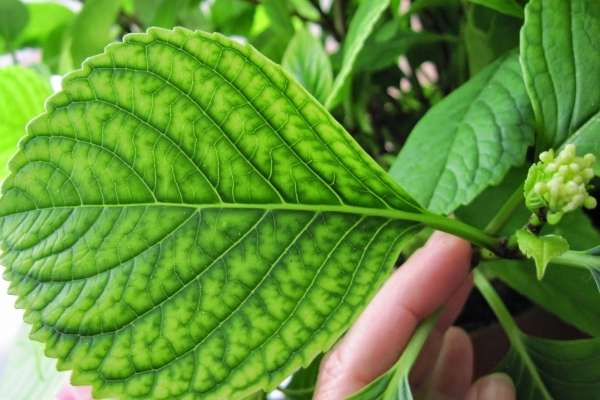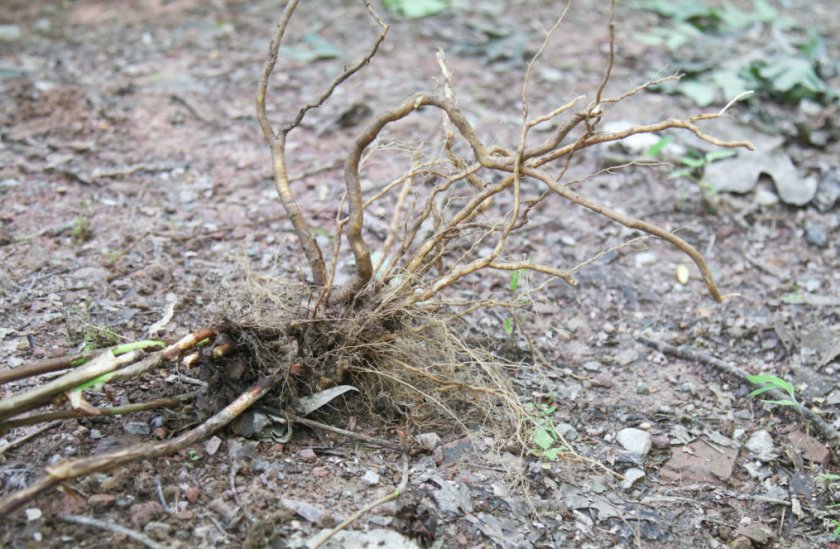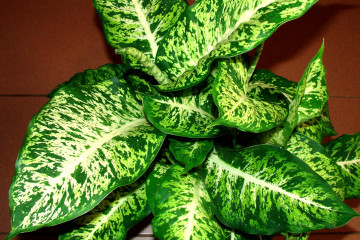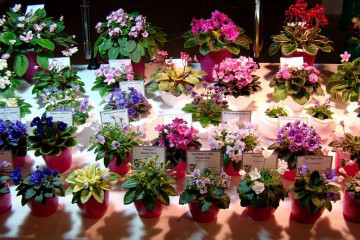Why hydrangea leaves turn yellow and edges dry - causes and treatment
Content:
- How hydrangea leaves can turn yellow and dry out of season
- Causes of yellowing of leaves in garden and indoor hydrangea
- Hydrangea diseases
- Why do the leaves turn yellow and dry in various types of hydrangea
- What to do when foliage turns yellow: treatment methods
- Other possible leaf problems
- How to care for hydrangea to avoid yellow leaves
The yellowing of the foliage is an unpleasant phenomenon, it will not allow you to fully enjoy the decorative qualities of the plant. What to do if hydrangea leaves turn yellow? Having learned the reason for this phenomenon, you can easily restore the appearance of the flower.
How hydrangea leaves can turn yellow and dry out of season
If the hydrangea turns yellow, what should I do? To begin with, analyze the condition of the plant, carefully examine it, and identify the reasons. You should be aware that this phenomenon can occur for natural reasons, due to old age, or it can manifest itself due to mistakes made in care.
Leaves turn yellow completely and fall off
This phenomenon is most often caused by:
- Overmoistening of the soil.
- Cold air and cold temperatures.
- Deficiency of minerals during budding and flowering.
The leaves turn yellow and the veins are green
If the color of the leaf has changed, but the veins remain green, the plant is infected with chlorosis. The disease appears due to the use of unsuitable water, which contains lime.
You can fight the trouble with the help of Agricola and Ferovit. They must be brought in according to the instructions on the package.
Only the edges of the leaf become yellow
During the period of flower formation, the plant must be timely fed with nitrogen and iron. Lack of these trace elements will lead to yellowing of the lower edge of the leaf.
Causes of yellowing of leaves in garden and indoor hydrangea
If the green edge of the hydrangea leaf turns yellow, the reason is most likely due to non-compliance with the rules of care:
- wind and drafts;
- non-compliance with lighting standards;
- reduced acidity of the substrate;
- stagnant water;
- untimely feeding;
- disease.
Lack of light or excessive lighting
Hydrangea belongs to the light-loving species, but does not tolerate direct sunlight. Incorrect placement of the flower can lead not only to yellowing of the foliage, but also to the complete drying of the plant. When choosing a permanent location, it is necessary to carry out preliminary shading, for example, using blinds.
Insufficient lighting is also discouraged for hydrangeas. Placing a flower in the shade will result in a complete lack of flowers and the leaf plates may lighten.
Stagnant moisture
Another reason why hydrangeas have yellow leaves is due to improper watering. The flower is demanding about the systematic holding of this event.
Watering frequency is directly dependent on external factors. If the top layer of the soil is dry, then moistening should be carried out. Stagnant water in a pot or sump can lead to root rot and, as a result, yellow foliage and fall off.You should reduce and in some cases stop watering the hydrangea.
Parched earth
It is not recommended to allow the soil substrate to dry out. At elevated temperatures, watering the flower should be carried out twice. To preserve moisture for a longer period, mulching can be carried out.
The garden hydrangea should be planted away from trees. Close proximity can harm the flower, since it simply does not have enough moisture for life, growth, and it will begin to dry.
Low temperatures and drafts
At home, the optimum temperature for growing is +22 degrees. If you increase this threshold, then the leaf plates will begin to fade and acquire a yellow tint.
Sharp changes in the external environment are contraindicated for this type: drafts in hydrangeas reduce immunity and lead to diseases. Paniculate, large-leaved and tree-like varieties at the time of airing are recommended to be removed to a place where they are not felt.
Plants should be kept in cool rooms throughout the autumn and winter period. The optimum temperature is +8 degrees. After hibernation, the hydrangea can be returned to its previous place.
Soil depletion
The soil should be enriched annually. In autumn, the plant lays flower stalks and requires a large amount of nutrients. If you do not carry out this procedure, then flowering the next year may simply not come.
The fertilizer solution should contain potassium sulfate and superphosphate components. Diluted in the following proportions: 40 ml in a bucket of water.
Low soil acidity
Another reason why hydrangea leaves turn yellow is an alkaline substrate. If the pH is not correct, the leaves will turn yellow.
Using citric acid water for irrigation will stabilize the required level. To do this, only a few drops of lemon should be diluted in water.
You can also increase the acidity with vinegar. The recipe is as follows: 10 ml of vinegar essence must be diluted in a bucket of water.
Hydrangea diseases
The following diseases affect the color of the leaves:
- Chlorous infection. The disease manifests itself in the form of a yellowed leaf plate and bright green veins. For treatment, you must make the following solution: 2 tablespoons of potassium nitrate must be completely dissolved in a bucket of water. Watering should be carried out once a week, within a month.
- Gray rot. The leaves begin to turn black gradually, then they deform and completely crumble. This attack is treated with a 1% solution of Bordeaux liquid.
Damage to the root system
Hydrangea roots are very weak. It is quite easy to damage them, for example, when transplanting or during planting a flower. The slightest wounds can lead to plant disease and yellowing of the foliage.
Processing before planting the roots with Zircon will nourish them with strength.
Why do the leaves turn yellow and dry in various types of hydrangea
Different types of hydrangeas have their own conditions and requirements for growing.
- Paniculata
The yellowing of the foliage in this species is caused by improper care. Paniculata is a garden representative and takes root well in the Russian climate. It blooms almost all summer - from June to the end of July.
- Large-leaved
This variety is suitable for both indoor and outdoor cultivation. The conditions for obtaining a healthy plant completely coincide with the rules for caring for an ordinary geranium.Flowering begins in spring and lasts almost until summer.
The yellowing of large-leaved hydrangea is most often caused by fungal diseases.
- Tree-like
The hydrangea shrub is the most unpretentious species. The appearance of yellow leaves signals a violation of the rules of care.
What to do when foliage turns yellow: treatment methods
If wind and drafts have a detrimental effect, it is necessary to protect the hydrangea from these natural phenomena. The sheet plates begin to lighten if the lighting standards are not followed. Careful and regular inspection will help you adjust the best spot for the flower.
The leaves will begin to turn white when infected with powdery mildew. Treatment of the flower with a fungicide and preventive measures will not allow this situation to occur.
How to feed hydrangea if the leaves turn yellow
There are several proven drugs that can not only protect the hydrangea at an early stage of the disease, but also literally save the bush from death:
- 1% Bordeaux liquid.
- Iron preparations.
- Fitosporin is universal.
- Potassium sulfate.
- Superphosphate preparations.
Other possible leaf problems
The defeat of the leaf plate can be expressed in different ways. Color change, deformation, complete drying.
- The foliage turns white
Whitening of a hydrangea leaf is associated with powdery mildew infection. If damaged areas are not removed in time, the disease will instantly spread. You can save a flower with any fungicidal agent.
- The leaf plates turn black
The appearance of dry black spots on the leaves indicates the use of unsuitable water and direct sunlight. Changing conditions will instantly correct the situation.
- Leaves curl
The curling of the leaf occurs due to the defeat of the hydrangea by harmful parasites. You should carefully examine the plant and conduct emergency treatment with insecticides or acaricides.
How to care for hydrangea to avoid yellow leaves
Due to the unpretentiousness of the species, it is not difficult to achieve healthy hydrangea growth. The main thing is to observe the following rules:
- Watering is carried out with warm and settled water - 2 times a week.
- Loosening the soil after watering is a mandatory procedure.
- Timely feeding.
- Maintaining the required temperature and humidity in the room (for indoor varieties).
Getting a beautiful healthy plant is not a laborious process at all. The main thing is to provide competent and systematic care. Also, one should not forget about preventive measures, the timely implementation of which will avoid diseases and infections.
